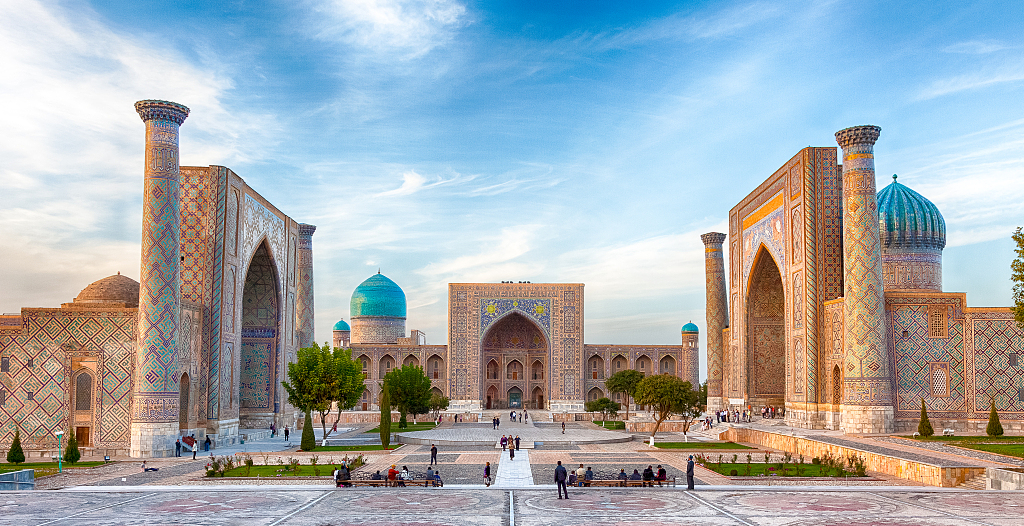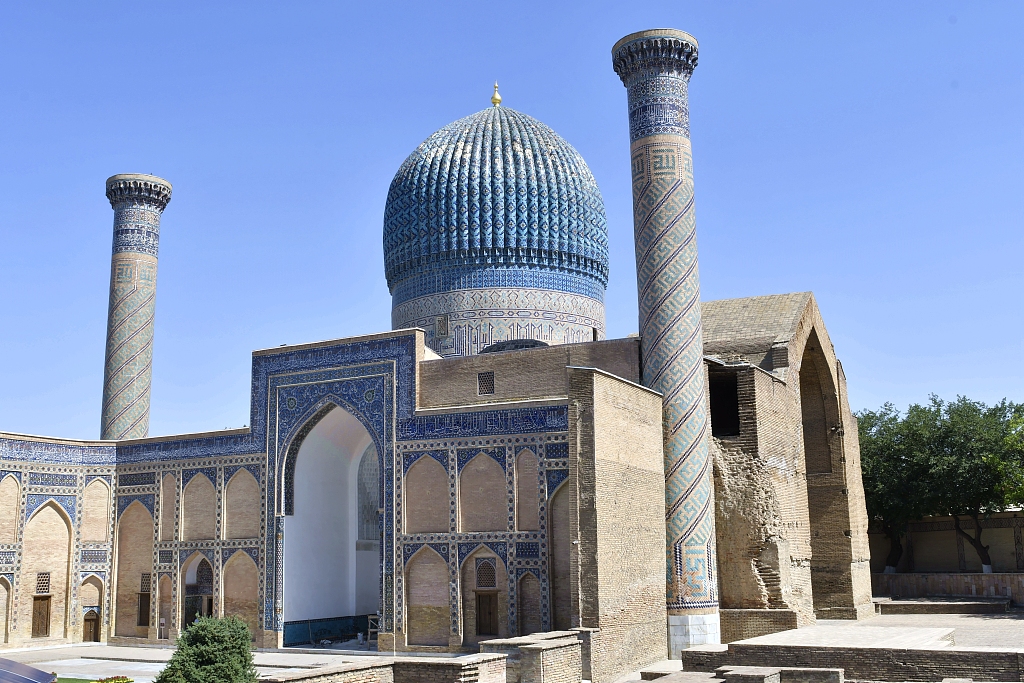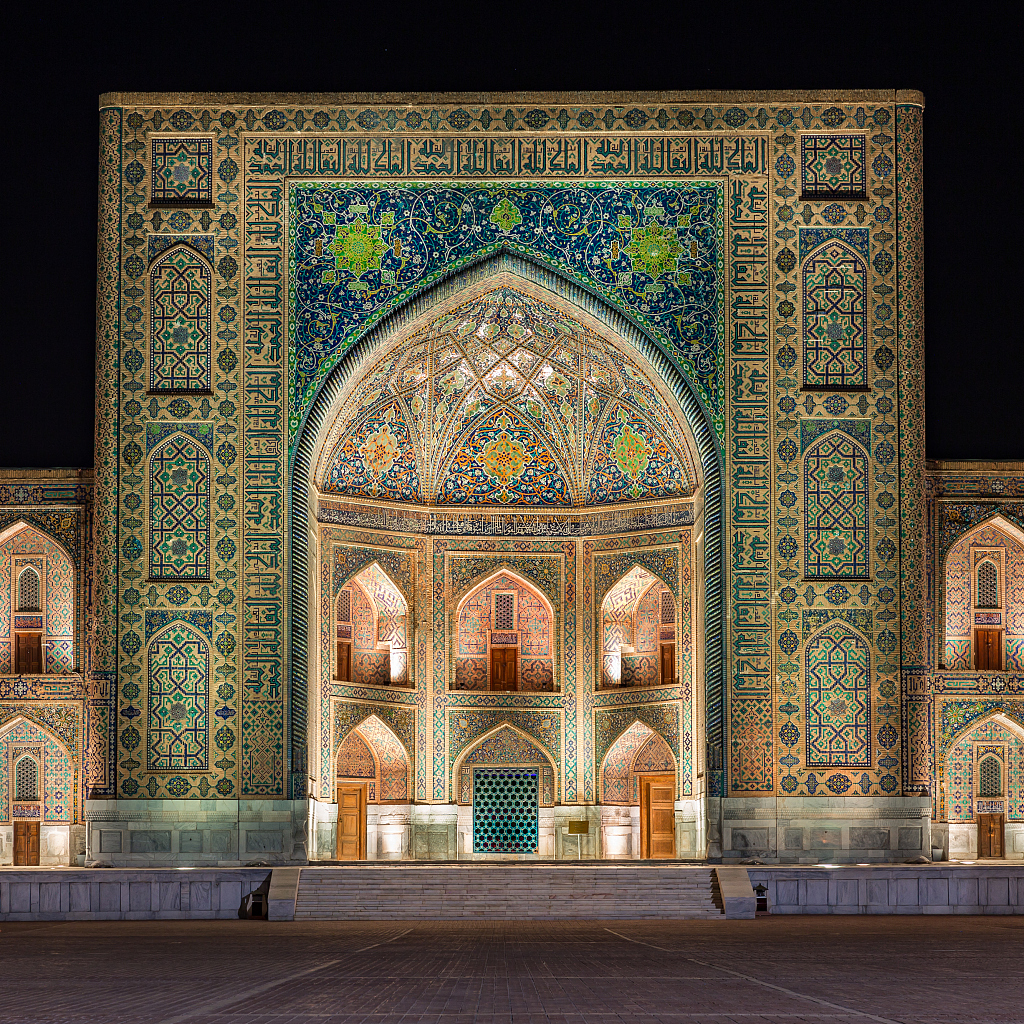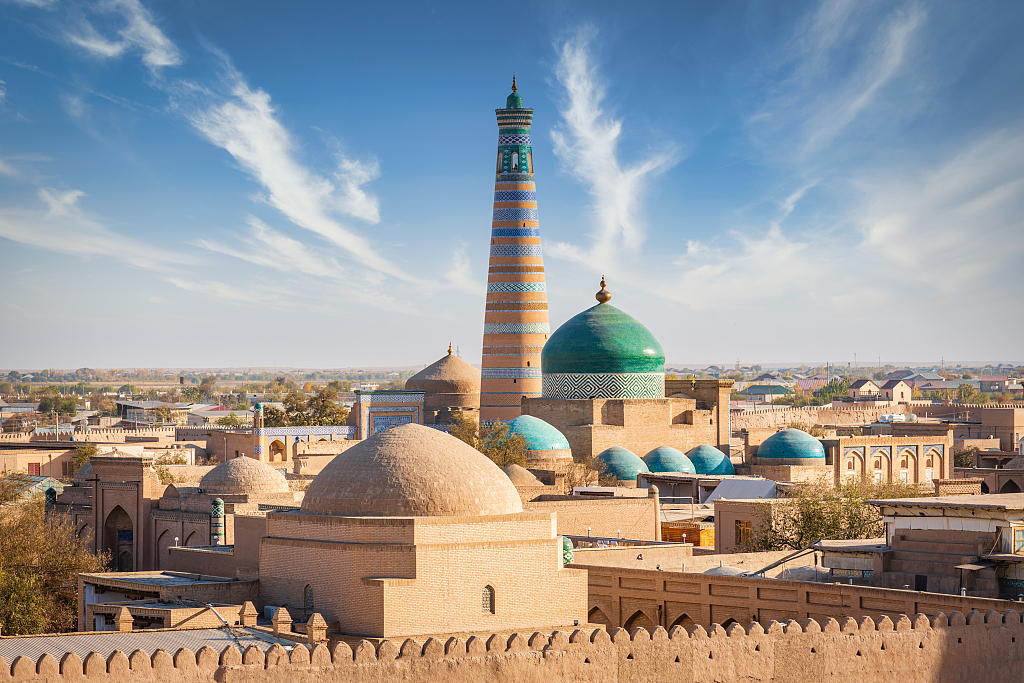
The photo shows a view of Samarkand in Uzbekistan, one of the oldest inhabited cities in Central Asia. /CFP
The photo shows a view of Samarkand in Uzbekistan, one of the oldest inhabited cities in Central Asia. /CFP

The photo shows a view of Samarkand in Uzbekistan, one of the oldest inhabited cities in Central Asia. /CFP
The photo shows a view of Samarkand in Uzbekistan, one of the oldest inhabited cities in Central Asia. /CFP

The photo shows a view of Samarkand in Uzbekistan, one of the oldest inhabited cities in Central Asia. /CFP
The photo shows a view of Samarkand in Uzbekistan, one of the oldest inhabited cities in Central Asia. /CFP

The photo shows a view of Samarkand in Uzbekistan, one of the oldest inhabited cities in Central Asia. /CFP
The photo shows a view of Samarkand in Uzbekistan, one of the oldest inhabited cities in Central Asia. /CFP
Uzbekistan's 2nd largest city Samarkand is one of the oldest inhabited cities in Central Asia and has been a prominent trading hub along the Silk Road. With a history of 2,500 years, it was the capital of the ancient Timur Empire. In 2001, the city was added to the UNESCO's World Heritage List as Samarkand – Crossroads of Cultures. With the Registan Mosque and madrasas, Bibi-Khanum Mosque, the Shakhi-Zinda compound, the Gur-Emir ensemble, and Ulugh-Beg's Observatory, it's believed that a visit to Samarkand is a journey back to the glory days of the Silk Road.